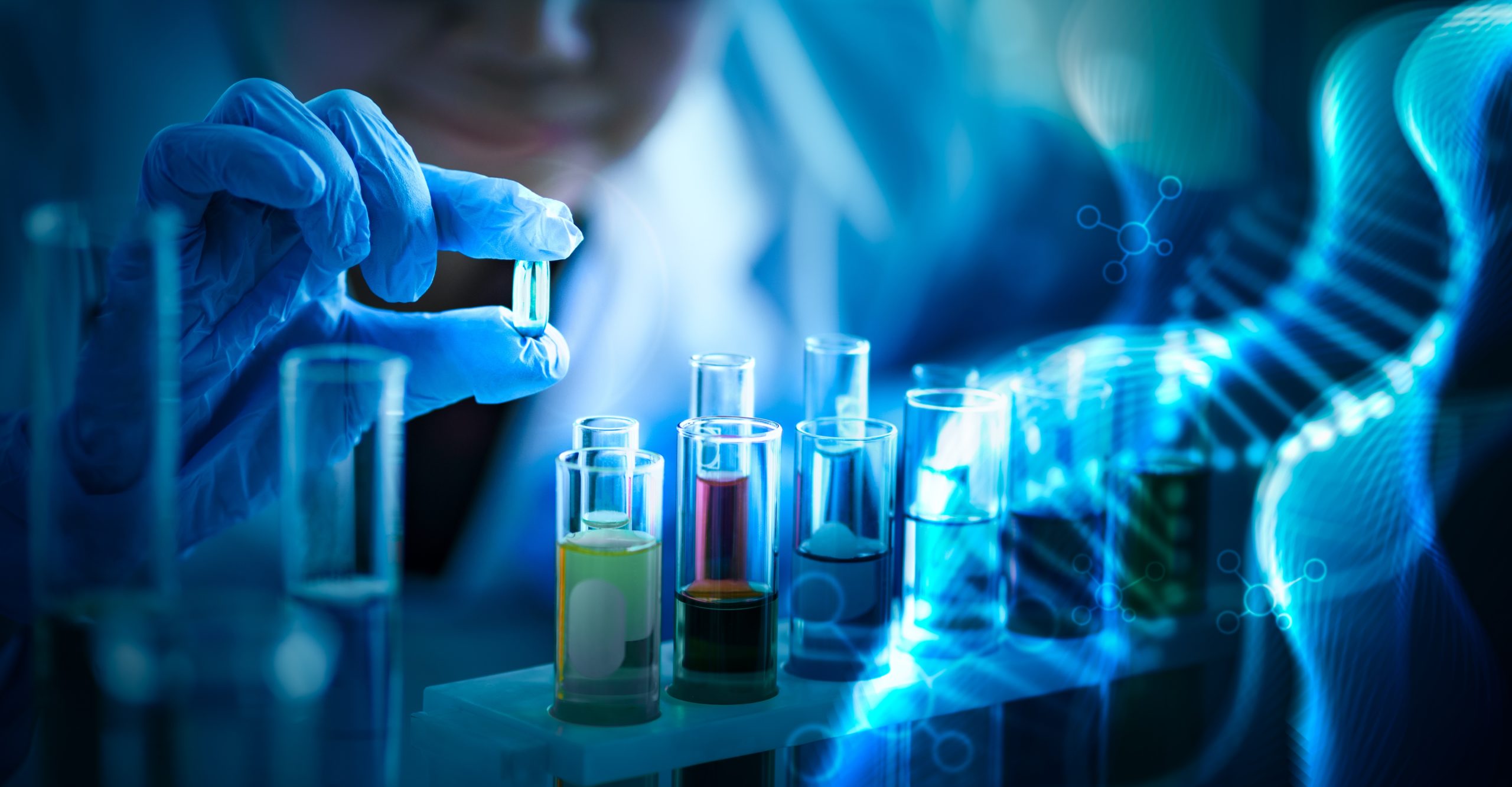To this day, cancer is a big mystery for medicine. We are yet to fully discover how it works and what processes it needs to survive. All the reactions in cancer cells are different from normal- including metabolism.
Normal cell metabolism
Cellular respiration is a series of steps that cells do in order to provide us the energy we need to live. The energy is stored in bonds of glucose, and when glucose is broken down, a big portion of this energy is released. A part of it is stored as ATP, and can be used to do work in cells. The energy not captured as ATP usually acts as a heat source, keeping our body warm. This process can be compared to a car using gasoline to function. For a cell, glucose is the gasoline, and it is used to make ATP. It has three steps:
Glycolysis breaks glucose into smaller molecules – pyruvate, and forms a small portion of ATP.
The Kreb’s cycle uses the pyruvate to produce more ATP
Oxidative phosphorylation takes place in mitochondria, producing lots of ATP. Oxygen is needed to complete this process.
If a cell only completes the first step, it gains 2 molecules of ATP. In comparison, the full process gives the cell about 36 molecules of ATP.
Differences in cancer cells’ metabolism
Cancerous cells do not complete all three steps of cellular respiration like the normal cells. They only complete the first step – glycolysis. As a result, they gain only 2 molecules of ATP per one molecule of glucose. Therefore, they need much more glucose in order to provide themselves with enough energy to function. The first person to describe this behaviour is Otto Warburg. In his study, he stated that cancer cells do not complete Oxphos, even when oxygen is present. This is called aerobic glycolysis. The unusual dependence on the first step of cellular respiration, even when oxygen is present, is really common in cancer cells. It is called the Warburg effect.
Some of the cancerous cells may be unable to finish the process because of their DNA mutations. However, depending only on glycolysis can actually benefit cancer cells in some ways. When this process is completed, the products can be used by cancer cells to grow and survive better.
According to the research, this behavior can help cancer cells stay unnoticed by the immune system. By changing the metabolic environment not only are the immune system’s cells blocked from finding tumor cells, but also some cells are attracted which help the tumor grow. These changes can also activate genes inside cancer cells (oncogenes) which enable these cells to survive more.
Hypoxic environment benefits tumors
In a cancerous environment, vasculature is formed abnormally. This leads to defects in oxygen transportation and provides the tumor with low oxygen supply. As a result, the area inside a tumor becomes hypoxic (low in oxygen). This state benefits tumor cells, which don’t use much oxygen to survive.
Low levels of oxygen help cancer spread by activating the production of TWIST – a protein crucial to metastasis. This state also activates the H1FA protein, which causes further problems.
Changes in the DNA and metabolism in cancer. In cancerous cells, many mutations occur. The AKT oncogene increases the survivability of tumor cells, and RAS and MYC oncogenes help with the aerobic glycolysis. The suppressors which stop the cells from growing are deactivated.
Aerobic glycolysis also activates the VEGF protein, which creates blood vessels needed by the tumor to obtain nutrients for growth. Mitochondria uses lactate to grow and react. Recently, it has been discovered that cancer cells use this lactate to create nutrients for themselves.
How is metabolism used to detect and treat cancer?
The method used by cancer cells to obtain ATP is heavily ineffective – it provides the cells with 2 ATP molecules instead of the normal 36. Therefore, a tumor cell needs much more glucose to make up for the ineffectiveness of this process. Positron emission tomography takes advantage of this. In this procedure, fluorodeoxyglucose (a slightly different form of glucose) is injected. The presence of this chemical can be detected by a PET machine. This method not only identifies the location of the tumor, but also the cells’ activity. Because of this, stages of tumor growth and its aggressiveness can be identified.
There are other methods being tested, such as the DCA chemical which may reactivate Oxphos in cancer cells. Also, different drugs are tested for the ability to suppress glycolysis.
Metabolism and metastasis.
It is yet unknown how and why tumors are infecting distant parts of the human body. A part of the answer lies in the changes of metabolism in moving cells. According to the studies of Adam Marcus and others, migrating cancer cells can be divided into “leaders” that lead the pack, and “followers” guided and recruited by leaders. Oddly, it has been discovered that “leaders” use different methods to produce energy than “followers”. This results in different locations of mitochondria in these cells, and may result in different ways these cells move. This study also suggests ways to target these invading cells.
Dr. Paul Zhang at the Institute of Integrative BioOncology in Houston provides evidence-based treatments for a wide range of cancers. Call today for more information.


